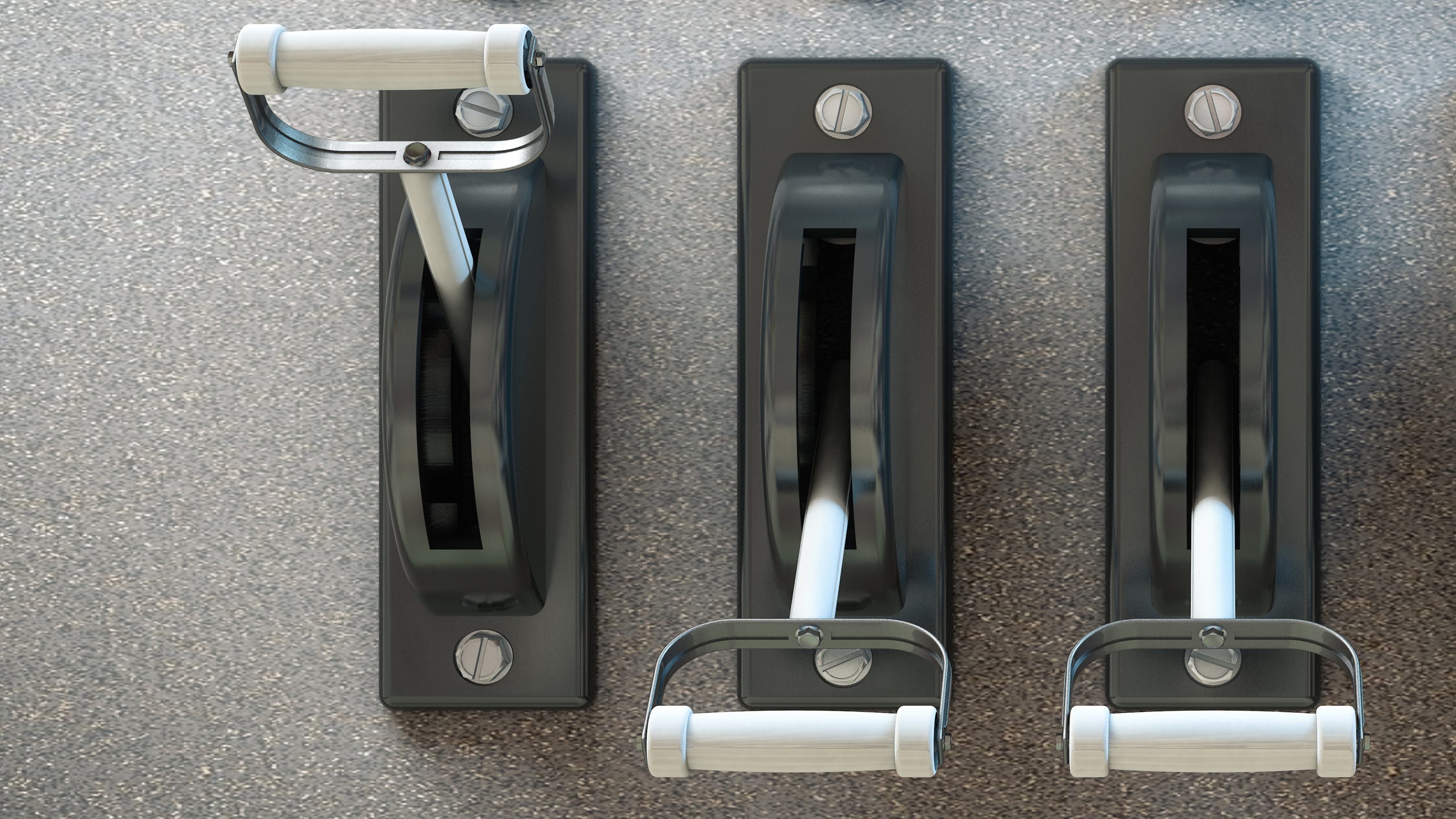The Key to Choosing the Right Annuity: Do Your Homework
Here are some of the pros and cons of annuities, along with an explanation of the different types. Which might work for you?


Most of us have heard of annuities, but few understand how they work. Annuities can be a powerful addition to a retirement plan. In short, they can protect your savings while also providing you with higher-than-average rates of return.
An annuity is a contract between you and an insurance company where you make payments through a lump sum or contributions in exchange for future income. The insurance company invests these funds for you throughout the accumulation phase where they grow tax-deferred.
However, annuities are complex and often misunderstood, so it's important to do your homework by researching which annuity may best suit you and your retirement plan.
From just $107.88 $24.99 for Kiplinger Personal Finance
Be a smarter, better informed investor.

Sign up for Kiplinger’s Free Newsletters
Profit and prosper with the best of expert advice on investing, taxes, retirement, personal finance and more - straight to your e-mail.
Profit and prosper with the best of expert advice - straight to your e-mail.
Pros of annuities
Annuities are most commonly used as an investment tool for those in or very close to retirement. An annuity provides the purchaser with a fixed income stream. The payouts will typically last for a lifetime, with the payout agreed at purchase. This can help provide peace of mind for the retiree and help them to avoid outliving their assets.
Annuities have other benefits as well, depending on which type you choose. They can be a relatively safe investment option compared to others. The insurance company has to pay the annuity income they promised to the buyer, giving you a guaranteed income stream.
Annuities also provide flexible payout options, such as monthly, quarterly and annual payments or a lump sum. Unlike other retirement accounts, like IRAs or 401(k)s, annuities have no contribution limits. This makes them a great option for anyone who wants to put more money away for retirement.
Cons of annuities
While annuities can be a great investment choice, they are not perfect. One of the reasons why many people choose not to invest in annuities is because of the possibility of high costs and fees. This can be investment management fees, administrative fees or expense fees, which could significantly reduce your returns over time.
If you want to get out of an annuity contract, it may cost you. Many companies make it difficult to leave your annuity by adding high surrender charges, which could end up being a large percentage of the value of your contract. You may not be able to get out of the contract when you want either, as many annuities come with a limited surrender period.
Which annuity is right for you?
There are five different types of annuities, so which one is right for you? The most common, and often easiest to understand, are fixed annuities. These annuities guarantee a minimum payment and are not impacted by market volatility, so it's easier to anticipate your monthly payments. This annuity will grow at a fixed interest rate determined by the insurance company you purchased it from.
A variable annuity can be riskier and more expensive. Unlike fixed annuities, the interest rate can change with market fluctuations. They can also come with a variety of rider fees. A rider is an optional enhancement you can add to your annuity at an additional cost. These are designed to help you modify your contract and help protect what is important to you. A variable annuity uses several investment options, like stocks and bonds, to determine payouts and grow the principal. You will choose the risk that you want for your contributions — low, moderate or high — and in turn your payouts will increase or decrease depending on the state of your investments.
Immediate annuities are designed to provide a guaranteed lifetime payout and payments begin right after purchase. This type of annuity is funded by a large, one-time contribution.
Similar to an immediate annuity, a deferred annuity provides payouts in exchange for a large sum of money. However, these payouts do not begin immediately. The dollars grow tax-deferred until you are ready to begin receiving payments.
An indexed annuity provides returns that are linked to a specific market index. If the market does well, your return will go up, and even if it performs poorly, you won’t lose money on your principal. This is good for people who want the potential for growth while still being protected. The main difference between an indexed annuity and a fixed annuity is how their interest works. With a fixed annuity you are guaranteed a fixed interest rate, while an indexed annuity pays interest based on the performance of the market.
When deciding whether an annuity is a good investment for you, first, fully understand all the fees, payouts, participation rates and structure of the annuity to help you choose the right type for your retirement. Sitting down with a financial adviser, particularly one who is a fiduciary and well-versed in annuities, can help you navigate the complexities of annuities and protect your retirement.
Related Content
- Five Things About Annuities That May Surprise You
- How Are Annuities Taxed?
- Confused by Annuities? Making Sense of the Different Types
- How Annuities Can Help You Retire Early and Delay Social Security
- Why So Many Experts Consider Annuities a Win for Retirees
Profit and prosper with the best of Kiplinger's advice on investing, taxes, retirement, personal finance and much more. Delivered daily. Enter your email in the box and click Sign Me Up.

Robert Cannon has more than three decades of experience working with investors, businesses and hedge funds across the United States. He focuses on creating lifetime income plans for retirement. Robert guides his clients through a specific wealth management process that is designed for financially successful individuals, couples and families.
-
 Is Mint Mobile's Home Internet a Game-Changer or Just Another Option?
Is Mint Mobile's Home Internet a Game-Changer or Just Another Option?Mint Mobile recently unveiled its new home internet service. We break down how it works so you can determine if it's a great value for your needs.
-
 How to Add Your Driver’s License or State ID to Google Wallet
How to Add Your Driver’s License or State ID to Google WalletStore and use your digital ID securely on your Android device for TSA, age verification and more.
-
 I Retired at 60 Two Years Ago With $3.1 Million. My 62-Year-Old Wife Still Works Because She Wants to, but She Resents My Free Time. Help!
I Retired at 60 Two Years Ago With $3.1 Million. My 62-Year-Old Wife Still Works Because She Wants to, but She Resents My Free Time. Help!We asked a psychologist and a mediation expert for advice.
-
 Five Downsides of Dividend Investing for Retirees, From a Financial Planner
Five Downsides of Dividend Investing for Retirees, From a Financial PlannerCan you rely on dividend-paying stocks for retirement income? You'd have to be extremely wealthy — and even then, the downsides could be considerable.
-
 Dow, S&P 500 Slip on December Rate Cut Worries, Nvidia Boosts Nasdaq: Stock Market Today
Dow, S&P 500 Slip on December Rate Cut Worries, Nvidia Boosts Nasdaq: Stock Market TodayNvidia became the first company ever to boast a $5 trillion market cap, but it wasn't enough to lift the Dow and the S&P 500.
-
 The Social Security Earnings Test: Know This Rule Before Working in Retirement
The Social Security Earnings Test: Know This Rule Before Working in RetirementWhen you work and collect Social Security benefits before your FRA, you are subject to the Retirement Earning Test that could result in a temporary reduction of your benefits.
-
 Grant Cardone Tells Us the Biggest Retirement Mistake You Can Make
Grant Cardone Tells Us the Biggest Retirement Mistake You Can MakeThe entrepreneur, real estate investor and motivational speaker tells us why people should never stop working.
-
 Five Estate Planning Pitfalls and How to Avoid Them
Five Estate Planning Pitfalls and How to Avoid ThemFrom procrastination to AI, these five estate planning pitfalls could mean your heirs are left with bureaucratic hassles — or a reduced inheritance.
-
 I'm a CPA: Control These Three Levers to Keep Your Retirement on Track
I'm a CPA: Control These Three Levers to Keep Your Retirement on TrackThink of investing in terms of time, savings and risk. By carefully monitoring all three, you'll keep your retirement plans heading in the right direction.
-
 Stocks Hit Fresh Highs Ahead of the Fed As Earnings Pump Optimism: Stock Market Today
Stocks Hit Fresh Highs Ahead of the Fed As Earnings Pump Optimism: Stock Market TodaySHW and UNH were two of the best Dow Jones stocks Tuesday, thanks to solid earnings reports, and MSFT closed with a $4 trillion market cap.